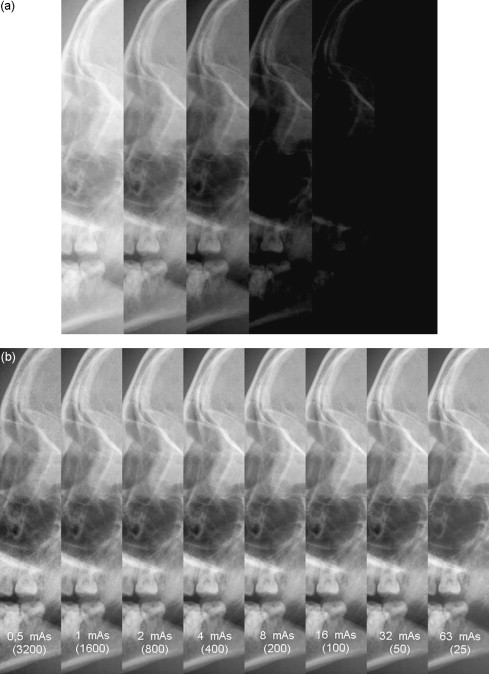
Gonadal exposure to ionizing radiation of the neonate, particularly preterm infants, is another important issue since irradiation before adulthood may have long-term harmful effects on the size and function of the gonads. 4, 5, 6 Owing to the high frequency of respiratory disease and other morbidities, these infants continue to require additional X-ray evaluations through early childhood and over time could receive substantial accumulating doses of radiation. 1, 2, 3ĭuring their prolonged and complicated medical course in the Neonatal Intensive Care Units (NICUs), these neonates are exposed to repeated diagnostic procedures that involve X-ray radiation. These high-risk infants are prone to a variety of diseases and morbidities such as respiratory distress syndrome, bronchopulmonary dysplasia, patent ductus arteriosus and necrotizing enterocolitis. 1, 2, 3 Advanced neonatal care has also increase the survival of term infants with serious diseases caused by either congenital anomalies or a complicated neonatal course. Even infants with a birth weight of less than 750 g have a survival rate of 55%. In the last decade, the survival of preterm infants has risen to nearly 90%, especially of those with a very low birth weight of less than 1500 g. Nearly 12% of all births in Western countries are premature, with about 2% of infants born less than 32 weeks of gestation. Higher awareness and training of the medical teams and radiographers are required to minimize unnecessary exposure of newborns to ionizing radiation. In the NICUs participating in the study, neonates are currently being exposed to X-ray radiation in nonrelevant body regions. Among male infants, the testes were exposed in 31% of plain abdomen radiographs and 34% of chest and abdomen radiographs. The gonads of both sexes were exposed in 7% in all chest X-rays. (The range in all procedures was from ankle to upper head.) Between 2 and 20% of the relevant targeted body tissues were not included in the exposed fields resulting in missing data. Result:Ī comparison of the recommended borders to the actual boundaries of the radiographs taken show an additional exposure to radiation in all three procedures: 85% of chest radiographs also included the whole abdomen, 64% of abdomen radiographs included both thigh and upper chest and 62% of chest and abdomen radiograph included the thigh. Unintentional inclusion of body regions other than those ordered was determined by comparing the areas that should be included in the radiation field according to International recommendations, to those that appeared in the actual radiograph. The average number of radiographs taken per infant was 4.2☓.6 (range: 1–21).

A total of 500 radiographs were performed including chest (68%), abdomen (17%) and combined chest and abdomen (15%).

Study Design:ĭuring a 1-month period, 157 consecutive neonates from five level-III NICUs were recruited for this study. To evaluate the extent of unintentional exposure to X-rays performed during routine diagnostic procedures in the Neonatal Intensive Care Units (NICUs).


 0 kommentar(er)
0 kommentar(er)
